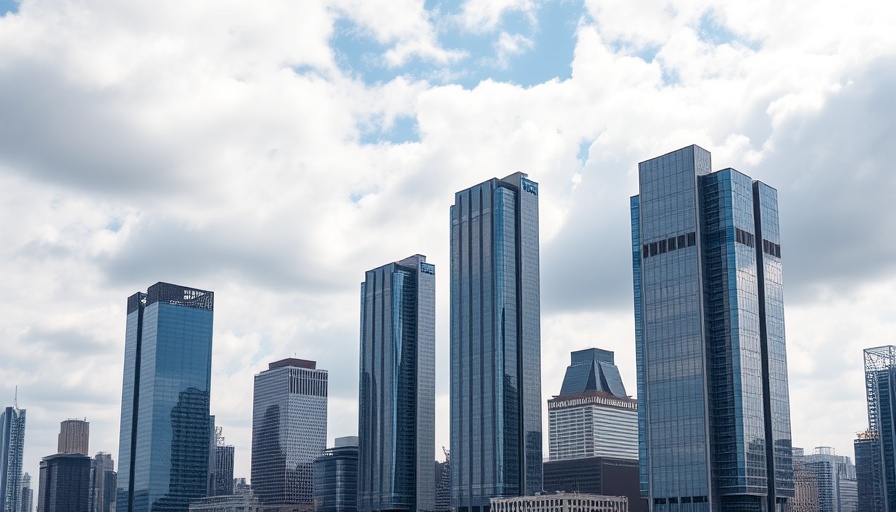
San Francisco’s Iconic Tower Faces New Challenges
The skyline of San Francisco is defined by its iconic structures, and none more so than the prominent office tower located at 555 California Street. Partially owned by the controversial figure, former President Donald Trump, this tower has long stood as a hallmark of the city's bustling financial district. Recent developments signal a concerning shift, as the building is set to lose two longtime tenants. This transition raises questions about the future of one of San Francisco's 'flagship' office spaces and reflects broader trends affecting the Bay Area's commercial real estate landscape.
The Current Situation: Tenants Pulling Out
While the tower has maintained a solid occupancy rate of over 90% throughout Vornado Realty Trust’s 18-year tenure as its majority owner, the potential departure of established tenants like Fenwick & West LLP and Sidley Austin LLP indicates a troubling shift. These firms have been critical players in the region's legal landscape, and their exit could have implications beyond mere numbers. As companies reassess their office space needs post-pandemic, this trend could signify an evolving dynamic in tenant demands and preferences.
Implications for San Francisco's Commercial Real Estate
The ramifications of losing prominent tenants like Fenwick and Sidley extend beyond the immediate economic aspects. With the rise of remote work, many businesses are re-evaluating their office requirements. The haul of tenants reassessing their physical spaces may lead to a broader wave of vacancies, challenging landlords to adapt. This could instigate a decline in rental prices, motivating firms to negotiate better deals, which is evident in the recent occurrences where certain office spaces in the area have set all-time rent records due to demand.
A Broader Perspective: The Changing Nature of Workspaces
The shift in tenant compositions is reflective of larger trends affecting urban landscapes globally. As work-from-home practices become a norm, spaces once deemed indispensable are now underutilized. The variety in needs is changing, with many businesses seeking flexible arrangements that might not necessitate traditional long-term leases. Companies ranging across various sectors are exploring co-working spaces or smaller, strategically located offices, marking a drastic departure from the traditional office setups of the pre-pandemic era.
What This Means for San Francisco
For San Francisco, a city synonymous with tech startups and cultural innovation, the evolving office landscape can be both an opportunity and a challenge. The emergence of fresh ideas for office utilization could spur innovation in urban planning and development. Furthermore, this moment presents a unique opportunity for cities to rethink their civic spaces and prioritize accessibility, collaboration, and community engagement.
Looking Forward: Potential Trends in Office Space
As we navigate these uncertain times, one thing is clear: the future of office space is in flux. Expectations about working in traditional office environments are transforming, leading to a new era where hybrid models may dominate. Consequently, real estate stakeholders must adapt, using creative means to maintain and grow occupancy rates while remaining profitable.
Conclusion: What Lies Ahead for the Market?
The questions surrounding the future of 555 California Street are emblematic of larger trends reshaping the commercial real estate scene in San Francisco and beyond. The fate of this flagship office tower and its ability to attract and retain tenants amidst shifting work dynamics will be pivotal in understanding the evolving narrative of urban workspaces. As stakeholders watch closely, it's clear that flexibility, adaptation, and strategic planning will be crucial in navigating these changes.
 Add Row
Add Row  Add
Add 




 Add Row
Add Row  Add
Add 

Write A Comment